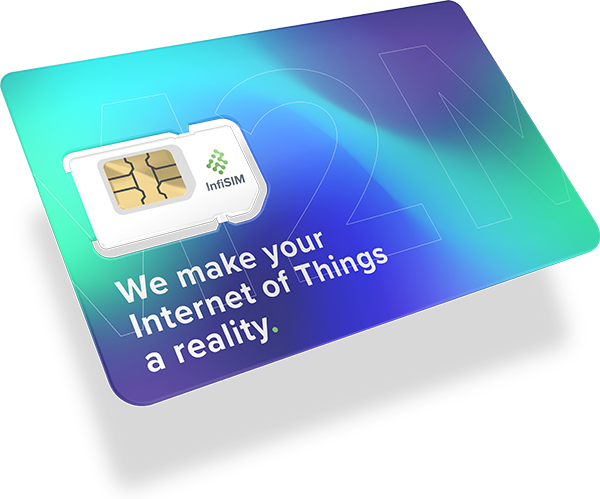The future is smart.
IoT in smart cities
Turning dark cities into IoT smart cities
Smart city technology is driving cities of the future. With more investment being devoted to IoT technologies, many public services are beginning to step into the future. From streetlights to public safety, smart cities are evolving every day.
IoT for smart cities focusing on public safety & security
IoT Smart city technology isn’t limited to city centres, it can be deployed in rural villages too. Using strategically placed IoT cameras and motion trackers, criminal activities such as fly tipping can be detected in real-time. Coastlines and areas prone to flooding are utilising similar solutions to track whether a flood is incoming too. This helps keep people and infrastructure safe, saving money for councils and therefore taxpayers. Night vision cameras fitted with automatic number plate recognition (ANPR) can be monitored remotely, in real-time. These security systems often lead to more successful prosecutions, further maximising the safety of smart cities.
IoT in streetlights
Two of the biggest factors that put pressure on council budgets are lighting and maintenance. IoT sensors in smart cities can help reduce these large expenses. Streetlights utilise them to automatically dim and brighten when residents are within or out of range, reducing energy consumption. Sensors also allow streetlights to monitor bulbs, notifying councils when one has blown. These notifications minimise the amount of time wasted manually searching for broken lights. Engineers are only called out when they know there is an issue with a smart streetlight. By equipping our streetlights with IoT technologies to make them smart, citizen safety is increased, carbon emissions are reduced and energy costs are minimised.
Smart parking & traffic routing
Over the past three decades, we have seen the number of road users in cities increase considerably. Unfortunately, this has resulted in a huge increase in congestion and it is quickly becoming a logistical and environmental issue. Fortunately, this problem can be eased using digital signage and road sensors. IoT transport systems in smart cities can route drivers away from areas where congestion is building up. Parking in the centre of a city can also be a nightmare, but IoT is setting about changing that. Smart city technology is highlighting and directing drivers to areas where parking spots are available, meaning people no longer need to drive around aimlessly looking for a place to leave their car.
Our multi-network M2M SIM cards provide your technologies with the connectivity they need to turn everyday solutions into smart solutions. Find out more about our M2M & IoT offering today.
IoT smart cities in action
Every IoT project is different.
Get a free IoT consultation
Tell us your project goals and requirements and our team of IoT specialists will recommend the perfect IoT connectivity solution for your business.
